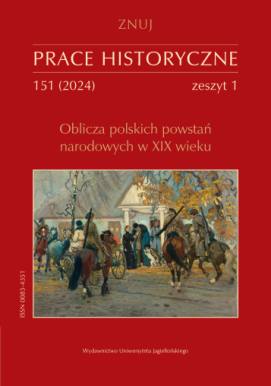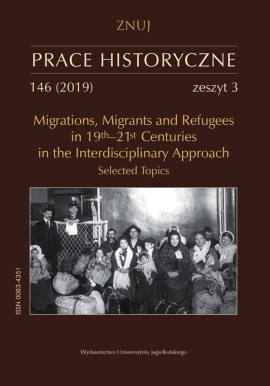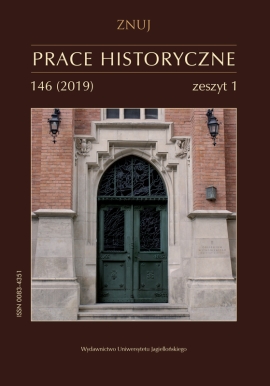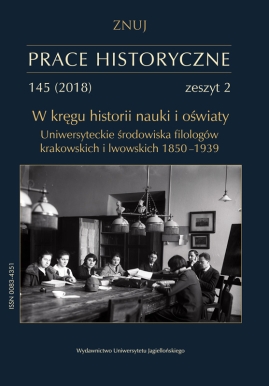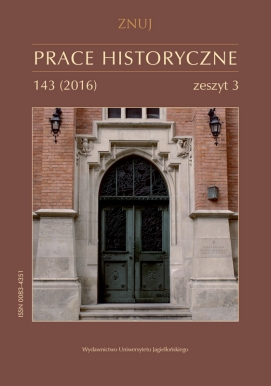On 3 February 1777 the Nowogród Candlemas diet began its sessions. The sessions were to take place in accordance with the legal norms established at the convocation diet of 1764, according to which election diets to land offices on the territory of the Grand Duchy of Lithuania were to take place immediately after the local Candlemas diets, without the need to issue any additional proclamations for their organisation. The elective land offices included, among others, the office of marshal, chamberlain, standard-bearer, land judges, as well as the land scribe. The candidates to the above posts were to be elected by the majority of votes. Moreover, the old law which bade electors to choose from among four candidates to a single office had been done away with. From now on, the constitution introduced the law whereby only one candidate to an office was to be presented and subsequently after his election, confirmed by the royal prerogative. The above legal norms had been confirmed by the coronation diet of 1764 as well as by the Warsaw diet of 1768.
At the Nowogród diet, the main struggle had taken place between the supporters of court treasurer Antoni Tyzenhauz, and the Nowogród voivode Józef Niesiołowski. It was judge Michał Krzyszyłowski who stood at the helm of the Tyzenhauz party in the Nowogród province; the latter had supporters among land officials as well as the “Radziwiłł” gentry. Contrary to its opponents, Józef Niesiołowski’s faction did not enjoy a widespread popularity and was supported mainly by urban officials. The voivode was also supported by the Lithuanian deputy chancellor of the treasury Joachim Litawor Chreptowicz. The split in the diet had occurred on 5 February, that is on the third day of sessions, during the election of the following land officials: chamberlain, land judge and land scribe. Each of the sides was interested, above all, in the election of its own candidate thanks to which one of the parties would become considerably stronger in a given province.
During the election diet of 5 February, at which the opening address was delivered by Józef Niesiołowski, it was Józef Obuchowicz who became elected chamberlain, whereas Adam Wojniłowicz who up until now had held the office of equerry, was elected land judge. Kazimierz Haraburda who earlier on had held the post of treasurer and city judge, now became the land scribe. During this election Krzyszyłowski’s supporters decided to separate from the main diet and set up a separate diet in order to elect their own candidates to the vacant land offices. The main explanation of this decision was that, contrary to earlier arrangements, the Nowogród voivode began the diet sessions earlier than originally planned, which according to his opponents, allowed him to elect his own candidates to the vacant posts. At the other diet, organized by the supporters of Tyzenhauz, it was Jan Niezabitowski who was elected chamberlain, whereas his former post of standard-bearer was to be taken over by Chryzostom Rdułtowski. Former cup-bearer Franciszek Jabłoński was elected to the post of land judge, whereas Michał Rejtan who was formerly city judge in Smoleńsk was now elected land scribe.
In the effect of the split elections, the opposing factions issued manifestos and letters addressed to Antoni Tyzenhauz and king Stanisław August Poniatowski who supported the activity of the Lithuanian court treasurer. In the above letters, their authors pleaded with Antoni Tyzenhauz and the king to approve of their candidate to the vacant land offices. Each of the opposing parties stated that it had secured the support of a greater number of electors in the Nowogród province. In the letters, their authors had quoted the right to elect officials with the majority of votes which – as I had stated earlier, had been passed by the Act introduced by the coronation diet in 1764, only to be confirmed by the constitutions of the 1768 diet. At the same time, in a series of mutual accusations, the authors of the letters had stated that in the lauds, there were signatures of persons who did not belong to the nobility.
Because the methods which were resorted to by the supporters of the Lithuanian court treasurer seemed to be contrary to the existing law, king Stanisław August strove to appease the conflict in a conciliatory way. What contributed directly to such a solution was the death of Michał Krzyszłowski in February 1777. The office of land judge which had been vacated by him, contributed to the break-up of unity in the camp of the Nowogród voivode; the post had ultimately been offered to the equerry Adam Wojniłowicz who decided to resign from further struggle. In time, the policy of exerting pressure and offering promises to the other candidates to the offices from the Niesiołowski party began to bring about positive results. Whereas the town judge, Kazimierz Ignacy Harabuda who strove to obtain the office of land scribe, also agreed to resign from this office in favour of his brother-in-law Michał Rejtan. In March, the only remaining provincial candidate who refused to agree to the above-presented
conditions, was Józef Obuchowicz; yet seeing no point in continuing further struggle, he had to come to terms with the defeat. The resignation of the other candidates from further struggle led to divisions within the party of the Nowogród voivode and consequently to putting an end to the issue of split elections. The court resigned from
conducting a second round of election diets in the Nowogród province. The king decided to grant privileges to the offices for candidates representing the camp of the Lithuanian court treasurer.
One of the reasons of the victory of Antoni Tyzenhauz was the support which was granted to him by the Vilnius voivode Karol Stanisław Radziwiłł “Panie Kochanku”. In this situation, the gentry from the former Radziwiłł camp also began to support the court. Among the most important representatives of this camp, we find the following families: the Rdułtowski, the Niezabitowski, the Jabłoński, the Korsak, the Siemiradzki and the Płaskowicki family; it was the above families that formed the main kernel of the pro-royalist faction. Although it was contrary to the existing legislation, during the diet sessions, Antoni Tyzenhauz also relied on the votes of the
gentry inhabiting the lands in the Nieświerz region. He was also very well acquainted with the moves and decisions of the Nowogród voivode and of his supporters as the letters and documents sent by the latter to Stanisław August and his supporters were copied and sent to the Lithuanian court treasurer. On the other hand, the Lithuanian court treasurer acted in a similar way, as he informed the chief leaders of Krzyszyłowski’s party about the actions and activities undertaken by Józef Niesiołowski.
The newly appointed chamberlain Jan Niezabitowski, as well as standard-bearer Chryzostom Rdułtowski, land judge Franciszek Jabłoński and land scribe Michał Rejtan had strengthened the position of the court treasurer in the Nowogród province even more. It gave the latter an even bigger chance to promote the election of pro-royalist candidates for deputies to the Chief Lithuanian Tribunal, as well as deputies to the general diets of the Polish Commonwealth of Nations.


